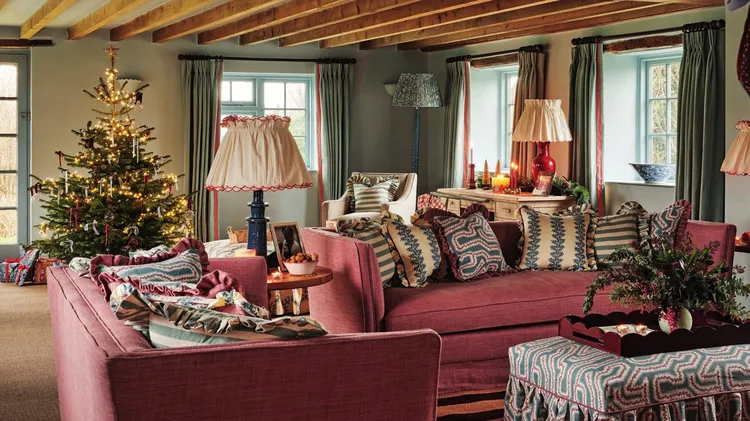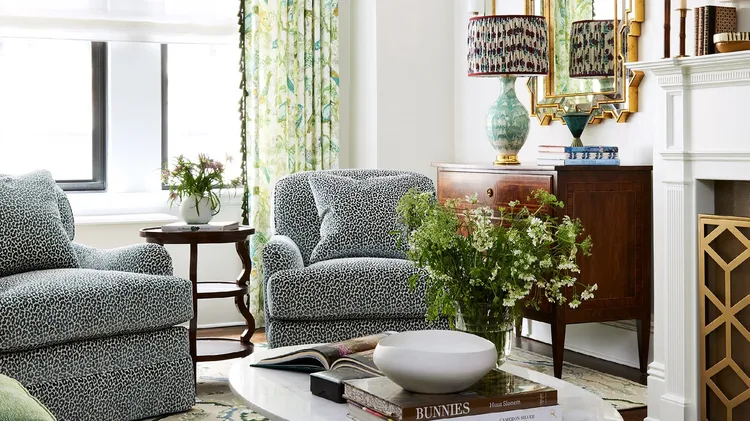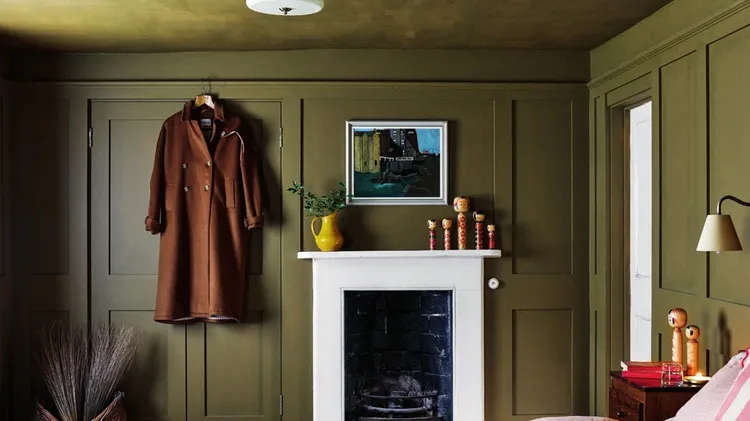A trio of collections, grown over the years, combined with a desire to reinstate t
Art history
5 min read
This article is from...
Read this article and 8000+ more magazines and newspapers on Readly






